The journey to understand the universe has taken many forms, but few efforts have been as transformative as unmanned space missions. These pioneering spacecraft have ventured to places humans cannot yet reach, capturing data and images that continue to reshape our view of the cosmos. From orbiting planets in our solar system to journeying into the depths of interstellar space, each mission has revealed something remarkable. They’ve shown us the fiery surface of Jupiter’s moon Io, the icy oceans beneath Europa, the vast expanse of the Kuiper Belt, and the dusty craters on Mars, bringing us closer to answering fundamental questions about our place in the universe.
More than simply extending our reach, these missions have provided a new lens through which to view our planet and our solar system’s neighbors. From pioneering probes like Sputnik to advanced telescopes like James Webb, unmanned missions have offered insights that continually challenge our understanding of space. They have captured the essence of distant planets, mysterious moons, and even faraway galaxies, giving us a breathtaking look at what lies beyond Earth. Through these discoveries, we are beginning to piece together the incredible complexity and scale of the cosmos, unlocking new questions and frontiers for generations to explore.
Contents
Hubble Space Telescope (1990)
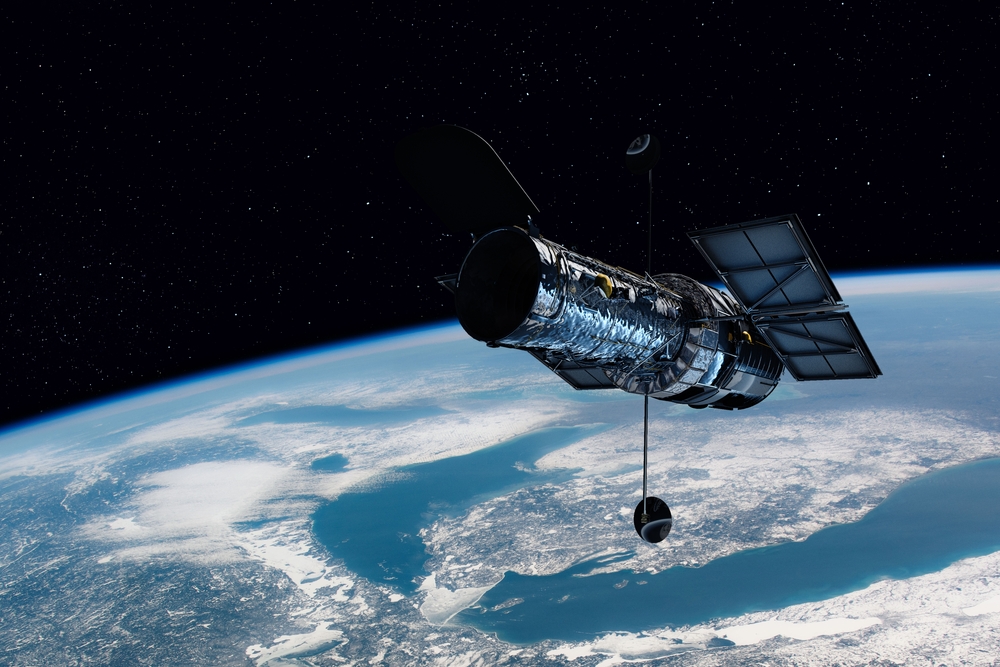
The Hubble Space Telescope transformed our view of the cosmos with its breathtaking images and high-resolution data. Positioned outside Earth’s atmosphere, Hubble captured some of the most detailed images of distant galaxies, nebulae, and stars, unveiling the universe in ways previously unimaginable. Hubble’s observations have helped refine the age of the universe, reveal the existence of dark energy, and enhance our understanding of galaxy formation and evolution. Hubble’s discoveries have inspired generations of astronomers and continue to provide insights into the mysteries of the cosmos.
Kepler Space Telescope (2009)
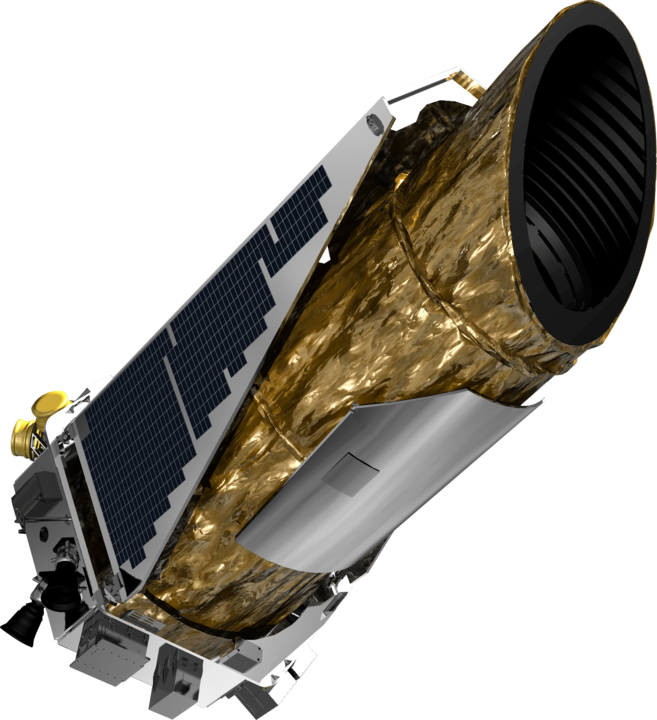
The Kepler Space Telescope revolutionized our understanding of the universe by confirming that planets are widespread across the galaxy. By focusing on a small region of the Milky Way, Kepler identified thousands of exoplanets, including many that are Earth-sized and orbiting in their stars’ habitable zones. This discovery confirmed that planets are not rare but rather abundant, fundamentally altering the search for extraterrestrial life. Kepler’s observations laid the groundwork for the study of potentially habitable worlds, sparking interest in planets outside our solar system and paving the way for further exploration with next-generation telescopes.
Mars Rovers Spirit and Opportunity (2003)
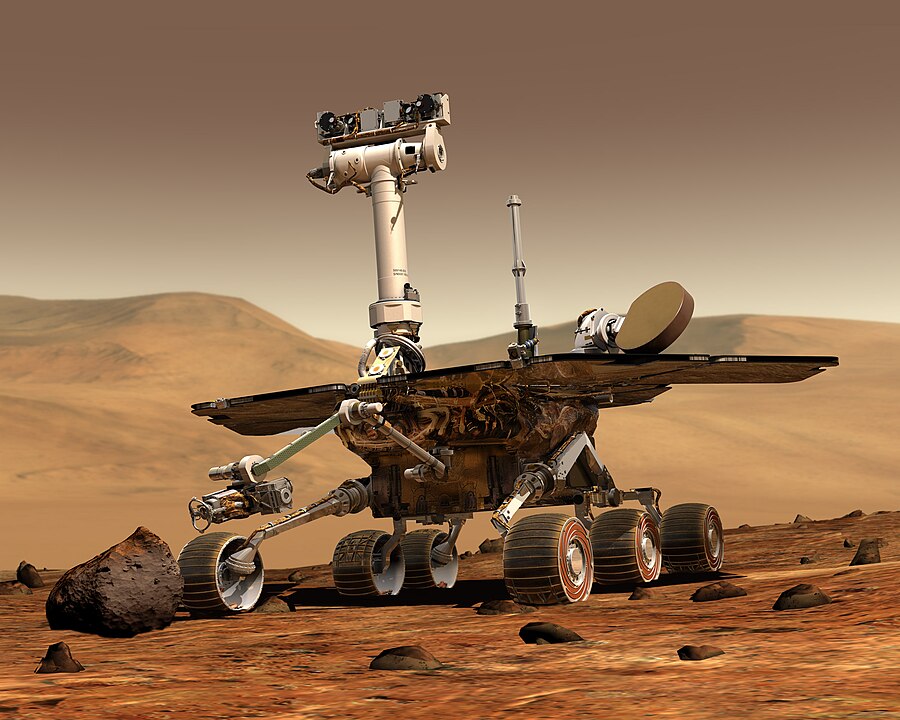
The Mars Exploration Rovers Spirit, and Opportunity, provided groundbreaking insights into Mars’ past environmental conditions. Their analyses of the planet’s rocks and soil offered compelling evidence that liquid water once existed on Mars, which is a crucial factor for life. Both rovers greatly exceeded their original mission timelines, spending years exploring Mars’ diverse terrains, encountering dust storms, and analyzing geological formations. The data collected by Spirit and Opportunity reshaped our understanding of Mars, solidifying it as a candidate in the search for past or present extraterrestrial life within our solar system.
James Webb Space Telescope (2021)
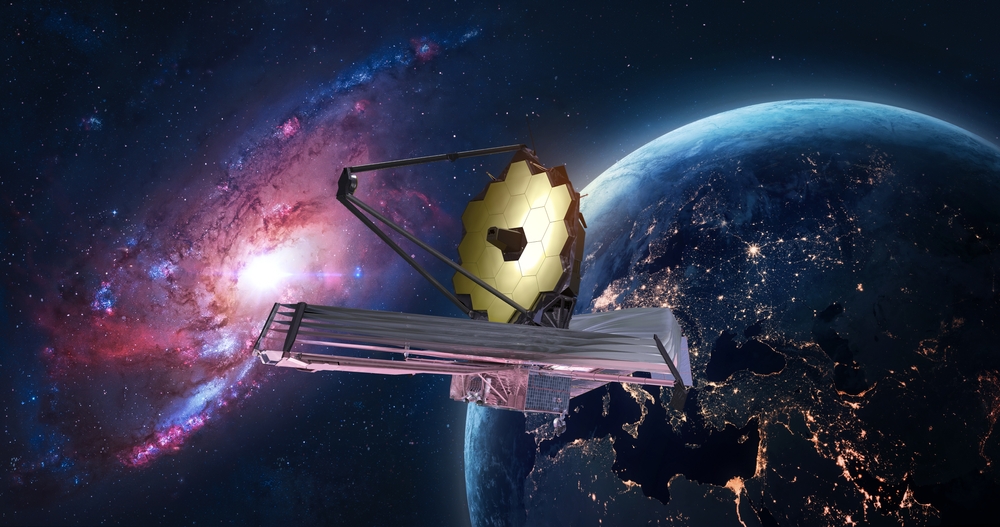
The James Webb Space Telescope (JWST) has expanded our view into the distant past, allowing astronomers to observe galaxies formed just a few hundred million years after the Big Bang. Unlike its predecessor Hubble, JWST operates in the infrared spectrum, revealing details about the composition of distant exoplanets, star formation, and even the structure of early galaxies. JWST’s advanced technology has made it possible to examine some of the universe’s earliest structures and to explore atmospheres of planets that may harbor life, bringing humanity closer to answering fundamental questions about our place in the cosmos.
Galileo (1989)
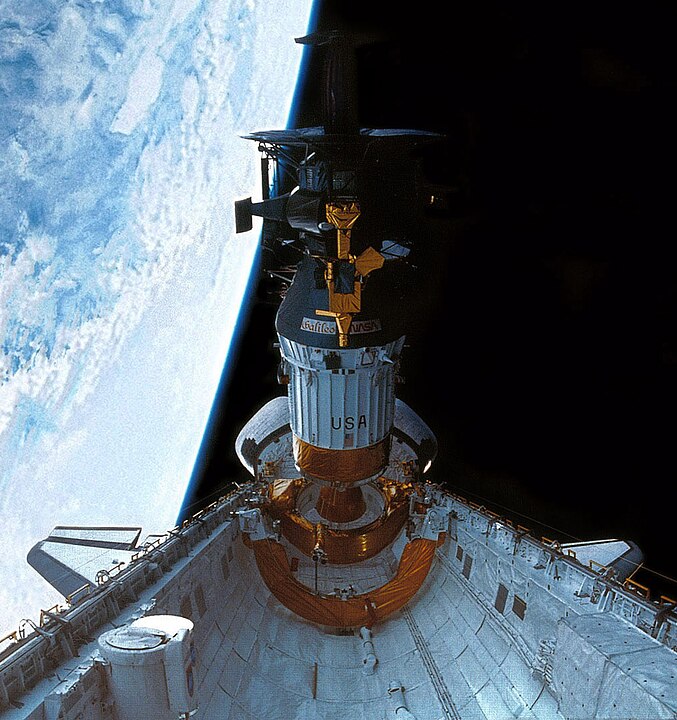
The Galileo mission to Jupiter provided the first extended, close-up exploration of the gas giant and its moons. It revealed astonishing details about Jupiter’s atmosphere, its magnetosphere, and volcanic activity on its moon Io. One of Galileo’s most groundbreaking discoveries was evidence suggesting that Europa, one of Jupiter’s moons, harbors a vast subsurface ocean beneath its icy crust. This revelation transformed our understanding of where life might exist in the solar system, identifying icy moons as potential candidates for microbial life, thus expanding the search for extraterrestrial organisms beyond just Earth-like planets.
Voyager 1 and 2 (1977)
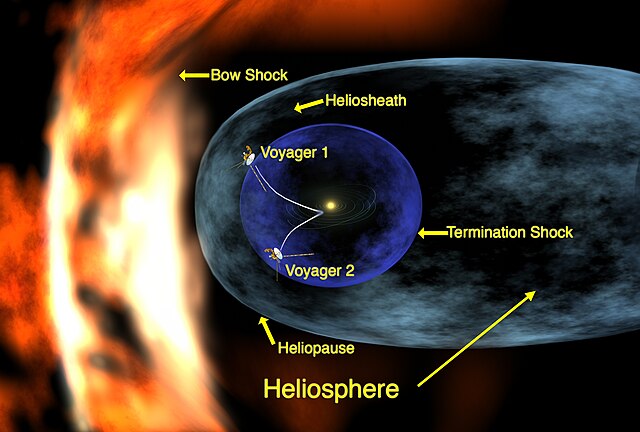
Voyager 1 and 2 have traveled farther than any other spacecraft, sending back invaluable data about the outer planets and beyond. These twin probes provided humanity with the first close-up images of Jupiter, Saturn, Uranus, and Neptune, capturing details of planetary atmospheres, rings, and moons. Their journey into interstellar space has offered a rare glimpse into the solar system’s outer boundaries, shedding light on cosmic rays and the structure of the heliosphere. Voyager 1, now in interstellar space, continues to send data, offering a unique perspective on the vastness of space beyond our solar system.
New Horizons (2006)
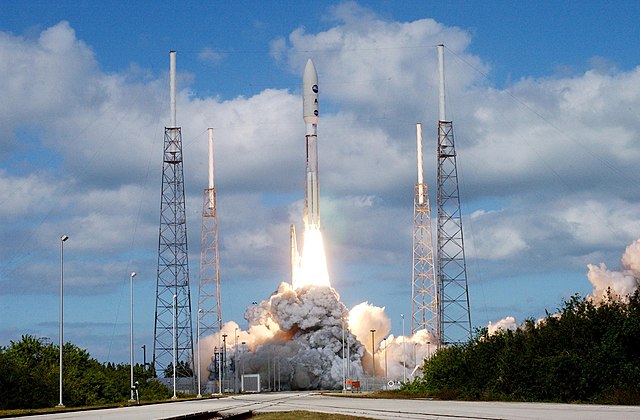
New Horizons provided the first detailed images and data from Pluto and its moons, revealing an unexpectedly active and diverse world with icy plains, mountains, and a possible subsurface ocean. As the first mission to explore the Kuiper Belt, New Horizons expanded our knowledge of this distant region, observing other Kuiper Belt objects and uncovering clues about the solar system’s formation. The mission challenged previous perceptions of Pluto, showing it as a geologically active planet with a complex history, sparking renewed interest in the farthest reaches of our solar system.
Sputnik 1 (1957)
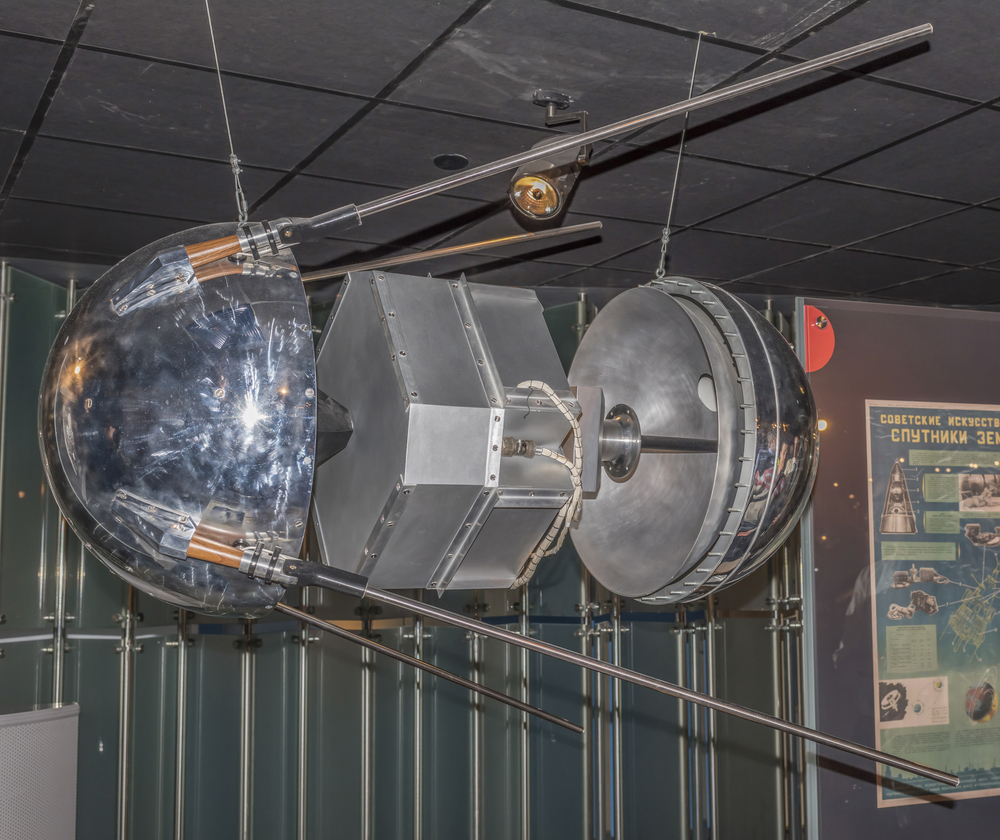
Sputnik 1, launched by the Soviet Union, was the world’s first artificial satellite, marking the beginning of space exploration and the space race. Although its mission lasted only 21 days, Sputnik 1 sent back critical data about the density of the Earth’s upper atmosphere. Its successful launch inspired an era of rapid technological advancements, prompting further exploration and the development of modern satellites that continue to shape our understanding of Earth and the cosmos. Sputnik’s launch demonstrated the feasibility of space travel, sparking interest in reaching further into the solar system.
Cassini-Huygens (1997)

The Cassini-Huygens mission to Saturn and its largest moon, Titan, unveiled remarkable details about the ringed planet and its moons, transforming our understanding of Saturnian space. Cassini orbited Saturn for over a decade, capturing high-resolution images and studying the composition of Saturn’s rings and atmosphere. The Huygens probe, which landed on Titan, revealed an active landscape with rivers and lakes of liquid methane. Cassini’s discovery of water-ice geysers on Enceladus, another of Saturn’s moons, suggested that it might also host a subsurface ocean, thus broadening the search for life to icy moons.
Chandra X-ray Observatory (1999)
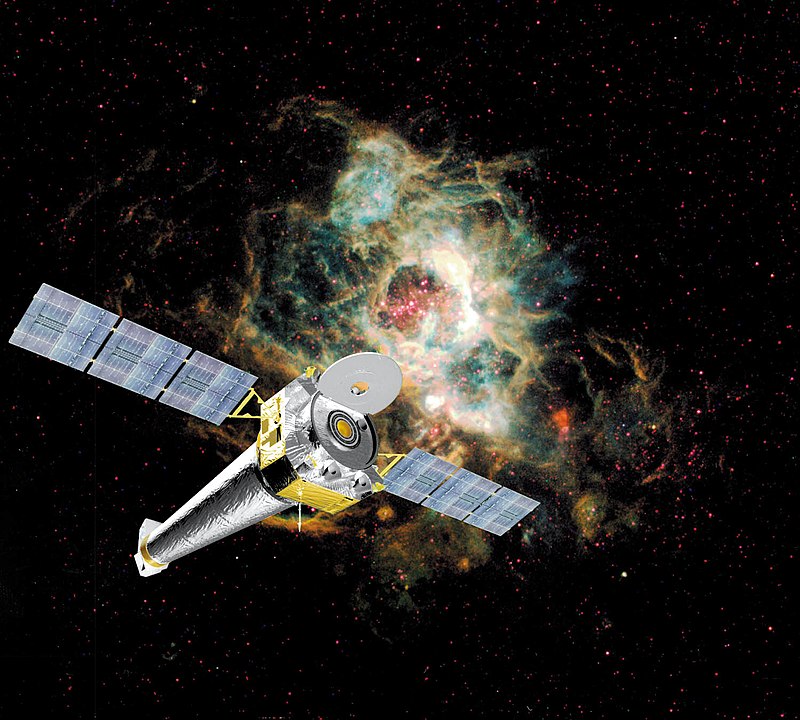
The Chandra X-ray Observatory provided a unique perspective on the universe by observing celestial objects in high-energy X-rays, which cannot penetrate Earth’s atmosphere. Through Chandra’s observations, astronomers have studied black holes, neutron stars, supernova remnants, and galaxy clusters in unparalleled detail. Its data have deepened our understanding of the high-energy processes that shape galaxies and cosmic structures. Chandra has also contributed to mapping dark matter in galaxy clusters and studying the cosmic web, thus enhancing our comprehension of the universe’s large-scale structure.
Mariner 9 (1971)
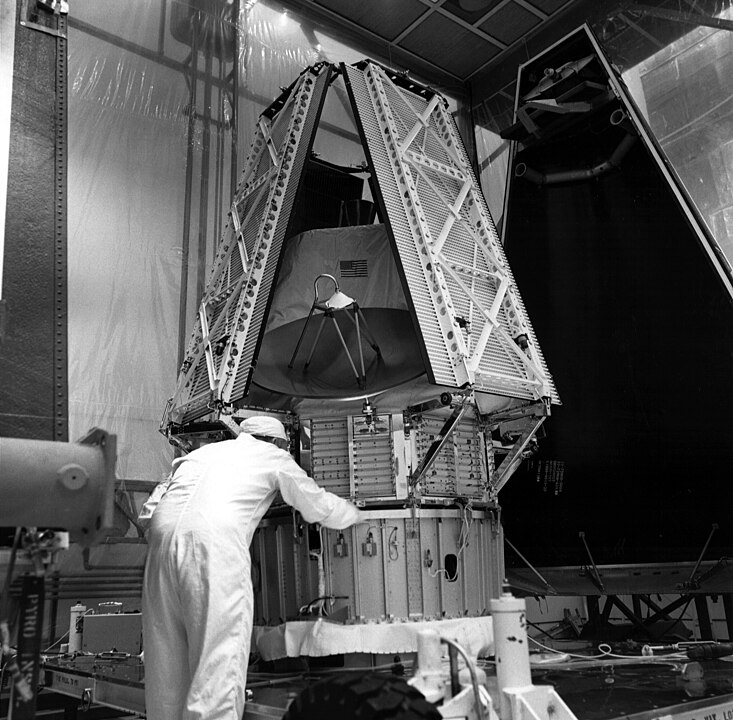
Mariner 9 was the first spacecraft to orbit another planet, Mars, in a mission that provided the first comprehensive view of Mars’ surface and atmosphere. The mission captured images of massive volcanoes, canyons, and ancient riverbeds, providing evidence that Mars may have once had a more Earth-like climate. Mariner 9 also revealed seasonal changes on Mars, hinting at dynamic processes on the planet. This mission laid the foundation for all future Mars exploration and fueled interest in the possibility of past life on Mars.
Pioneer 10 and 11
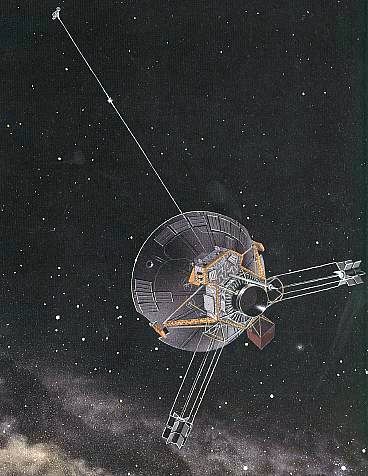
Pioneer 10 was the first spacecraft to journey through the asteroid belt and to conduct a close encounter with Jupiter, capturing stunning images and gathering data about the planet’s radiation belts. Pioneer 11 followed, adding to our understanding of the outer planets by flying by Jupiter and Saturn, providing humanity’s first close-up views of the gas giants. These missions demonstrated that spacecraft could safely travel vast distances, inspiring future deep-space exploration and setting the stage for subsequent missions to the outer solar system.
This article originally appeared on MyCarMakesNoise.
More from MyCarMakesNoise
10 Military Prototypes That Proved Unfit for Battle

Military innovation often walks a fine line between groundbreaking success and instructive failure. Defense engineers and designers regularly push the limits of technology, crafting vehicles intended to revolutionize the battlefield. Read More.
19 Concept Cars That Stole the Spotlight with Their Design

Concept cars showcase the future of automotive design and innovation. They often push the boundaries of what’s possible, blending advanced technology with striking aesthetics. Read More.
13 Unique Motorcycle Mods You Never Knew Could Be So Cool

Motorcycle enthusiasts are always looking for ways to enhance their rides, seeking modifications that provide more than just aesthetic appeal. Some changes are designed to boost performance, while others significantly improve safety and personal expression. Read More.














